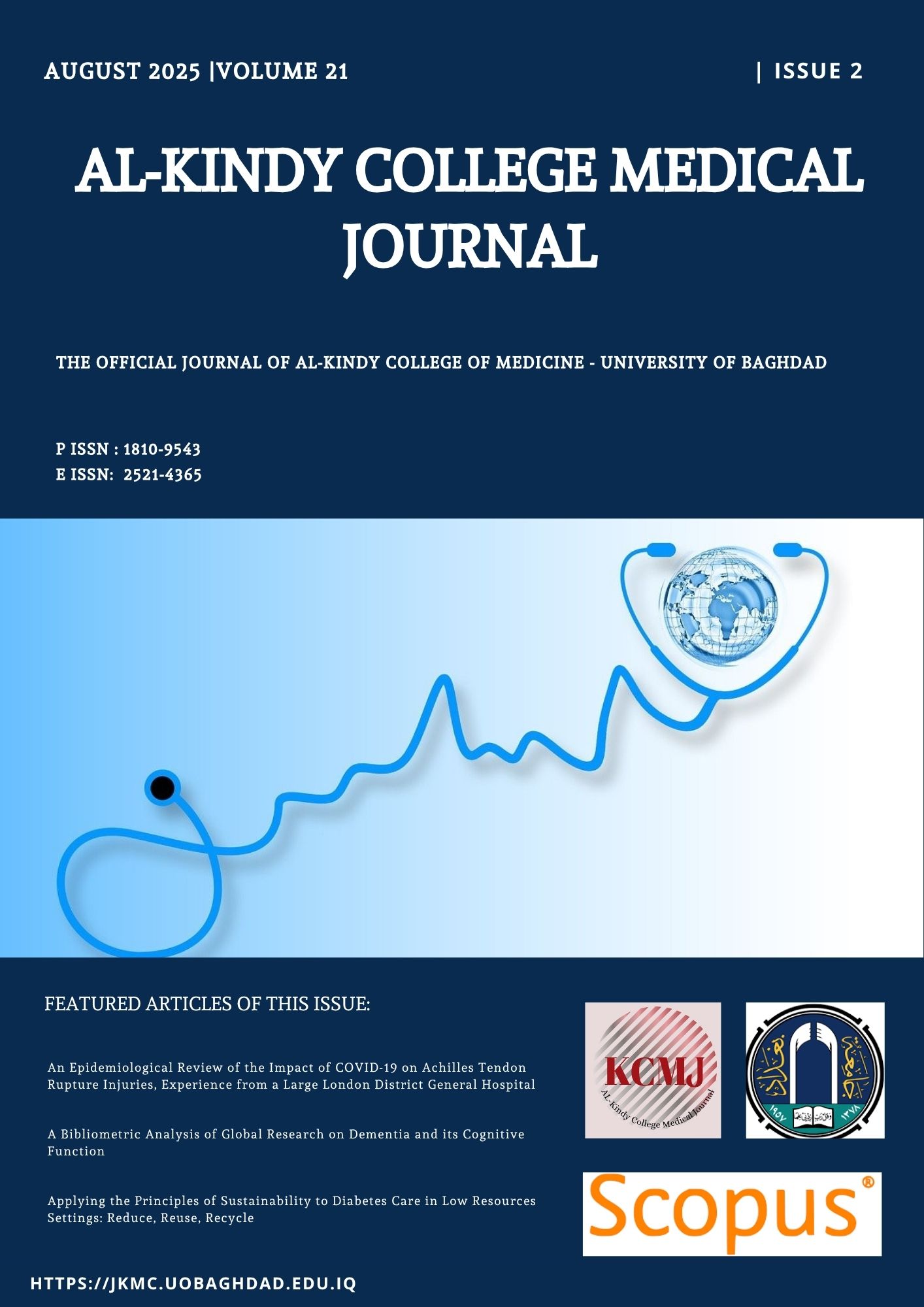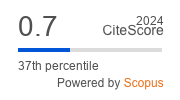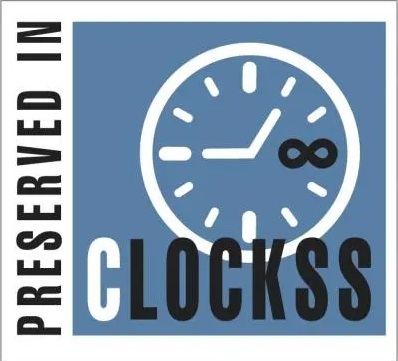A Cautionary Perspective on Artificial Intelligence and Novel Imaging Technologies in Patient Selection for Retrograde Intrarenal Surgery
DOI:
https://doi.org/10.47723/e4j95114Keywords:
Retrograde renal surgery, Dual Energy CT, 3 dimensional Reconstruction , RadiomicsAbstract
The advancement of retrograde intrarenal surgery (RIRS) has been accompanied by the evolution of many promising tools that aim at improving patient selection and predicting surgery outcomes in terms of stone fragmentation and expected complications. The incorporation of artificial intelligence (AI) into the advanced imaging technologies such as dual-energy CT scan (DECT), three-dimensional (3D) reconstruction, and radiomics resulted in a number of clinical tools and algorithms forwarded to surgeons to use in their daily practice.
This commentary critically examines these clinical algorithms, highlighting the absence of prospective validation, the potential for overreliance, and the possible limitations of their clinical applicability. AI-driven predictive models often rely on retrospective, uniform datasets taken from a single center, with evident interpretability concerns. Similarly, DECT and 3D reconstructions might provide detailed information about the anatomy of the renal collecting system and stone composition, but they do not account for real-time surgical dynamics. Radiomics, in the other hand, provides excellent insights into stone behavior, but their reproducibility and clinical relevance are still to be tested.
The take-home message of this commentary is that conventional CT metrics—such as stone size and density—continue to outperform novel techniques in reliability and accessibility, and the adoption of emerging technologies in RIRS must be cautious, ethically sound, and evidence-based, reinforcing the primacy of clinical judgment in urologic care.
Downloads
Published
Issue
Section
License
Copyright (c) 2025 AL-Kindy College Medical Journal

This work is licensed under a Creative Commons Attribution 4.0 International License.














